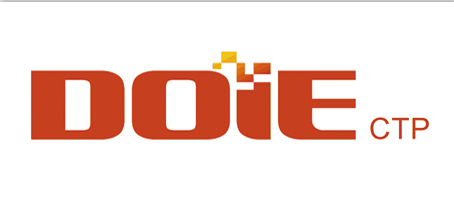CTP Machine Technology Environmental Protection Significance
CTP technology refers to the process of outputting images and graphics directly to the plate through a computer. This process can eliminate the role of film as an intermediate link. The dedicated digital media is loaded on the platesetter. The digital imposition files are sent to the computer RIP. The RIP then sends the electronic files to the platesetter, so that the electronic signals are made on the plate by light or heat-sensitive machines.
The use of CTP plate making technology greatly simplifies the entire process flow by simply: graphic typesetting - direct plate making - printing. Compared with the traditional printing process, the output of the photo-taking film, such as film development, film fixing, film cleaning, film drying, and printing, is omitted. This environmental protection has reduced the troubles of film and its development and fixer recovery. Also, even if photosensitive silver salt plates are used during the platemaking process, measures can be taken to reduce or even avoid the environmental impact of silver and chemicals. CTP plate printing on the press will be better.
Since the amount of water that needs to be balanced with the ink when printing using CTP plates is also smaller, the density of the ink printed on the paper is easily achieved, reducing the inherent waste and preparation process. So, CTP technology can also be said to be a big printing environmental protection technology.
